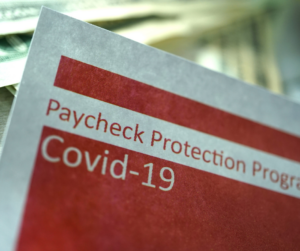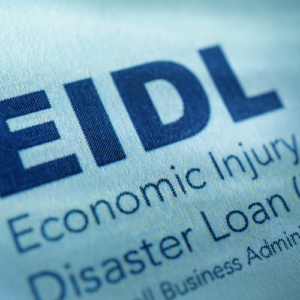
It just got easier for sole proprietors, freelancers, and other gig economy workers to take advantage of the federal Paycheck Protection Program (PPP).
When the federal government created this loan program, many sole-proprietors had difficulty proving a loss of income between 2019 and 2020 and were turned down. The good news is those who didn’t qualify for PPP in 2020 may qualify this year.
The federal government has taken dramatic steps to make the program more accessible to small businesses, including the following:
- Established a 14-day, exclusive PPP loan application period for businesses and nonprofits with fewer than 20 employees, Feb. 24-March 9;
- Revised the PPP funding formula to allow sole proprietors, independent contractors, the self-employed individuals to receive more money;
- Eliminated an exclusionary restriction on PPP access for small-business owners with prior non-fraud felony convictions, consistent with a bipartisan congressional proposal;
- Eliminated federal student loan debt delinquency and default as disqualifiers to participating in the PPP; and
- Provided access for non-citizen small business owners who are lawful U.S. residents by allowing use of Individual Taxpayer Identification Numbers (ITIN) to apply for the PPP.
In the Paycheck Protection Program, owner compensation replacement is a qualifying expense. Because self-employed individuals don’t pay themselves through payroll, they can use a portion of their loan to make up for lost income caused by COVID-19. The loan is calculated at 2.5 times gross monthly profit. For those without employees, this number is capped at $20,833.
“If a sole-proprietor was turned down for a first round PPP loan last year, they  can still reapply. They will not need to compare a quarter year-over-year and show a decrease in sales,” says Jackie Wilson, senior vice president, retail banking officer at Provident State Bank. “It appears as if the formula is about to change but banks are still awaiting final guidance. The special window for businesses with fewer than 20 employees is open through March 10 and the overall deadline for the program is currently March 31st. However we are expecting this date to be extended.”
can still reapply. They will not need to compare a quarter year-over-year and show a decrease in sales,” says Jackie Wilson, senior vice president, retail banking officer at Provident State Bank. “It appears as if the formula is about to change but banks are still awaiting final guidance. The special window for businesses with fewer than 20 employees is open through March 10 and the overall deadline for the program is currently March 31st. However we are expecting this date to be extended.”
Application Process
Borrowers can apply for the Paycheck Protection Program by downloading the First Draw PPP loan application or Second Draw PPP loan application and working with a participating PPP lender through the SBA’s Lender Match tool.
To apply, self-employed business owners must provide a copy of their IRS tax return forms:
- Sole-Proprietor: IRS Form 1040, Schedule C
- Farmers: IRS Form 1040, Schedule F
- S Corporation: IRS Form 1120S
- Partnership: Form 1065, Schedule K-1
- LLC: Use appropriate tax return form depending upon how you file
“Our local community banks have been outstanding in implementing the PPP loan program,” says Wilson. “We adjusted our processes quickly and are helping our customers and non-customers alike by walking them through the myriad of paperwork.”
“We want to ensure that those who qualify get the relief they need,” she explains “We review every piece of information sent to us before sending on to the SBA for their approval. As a bonus, when you call your community bank you can talk to a person to get additional questions answered.”
Replacing lost income is often very important to the self-employed and the PPP allows them to use “Owner Compensation Replacement” to do so. Owner’s may use up to 2.5 months’ profits to replace income. For those without employees, that number is capped at $20,833.
 Other Loan Options
Other Loan Options
John Hickman, regional director of the Eastern Region Maryland Small Business Development Center, says that the Economic Injury Disaster Loan (EIDL) can be used in addition to PPP for sole-proprietors. That loan is handled directly with the SBA.
“If the sole proprietor had little or no profit in 2019 that will limit their ability to qualify for a PPP. The EIDL could be used as an option to provide liquidity and cover operating costs,” says Hickman. “However, one must remember that the EIDL is a non-forgivable loan.”
The EIDL is a 30-year loan of up to $150,000 with a fixed interest rate of 3.75 percent for commercial businesses and 2.75 percent for nonprofits. The loan can be used for payroll, health care benefits, rent, utilities, and other items.
The number of programs available to businesses and the myriad of rules can be intimidating and Hickman’s main advice for business owners is to work with their accountant, tax advisor, and/or lender to determine which programs they may qualify for and which are most advantageous for their situation.
Advisors with the SBDC are also available to help explain the programs, free of charge.
Information on how to maximize PPP as an individual can be found here.